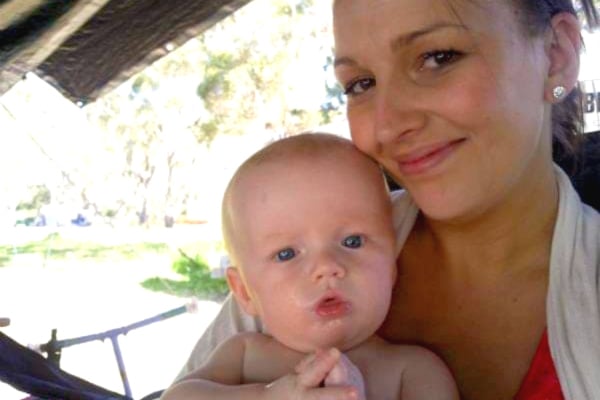
As told to Cindy Lever by Holly Stephenson, 32, from the Hunter Valley.
After being forced to birth lying down for three of my babies, when the fourth was due, I made sure I did lots of research and put clearly in my birth plan that I wanted an upright birth.
Birthing on a bed for me felt like a very submissive position, while upright felt like I was taking control and it was the most comfortable for me.
When I had my first baby, I was very young and didn’t know anything. I thought lying on your back was the only way to give birth.
Mums and non-mums answer questions about childbirth… and their responses are very different.
My labour was arduous because the baby was in the wrong position and I was forced to birth her on my back as I didn’t know the benefits of being upright. I had prolonged pushing and a second-degree tear to my perineum and a first-degree tear upwards into my labia. It made recovery very painful.
With my second one, I still didn’t know too much about positioning and birthed in a semi-recumbent position on the bed and as a result my son was born compromised due to a mild-moderate shoulder dystocia which required manoeuvres to release his anterior shoulder.






























































































